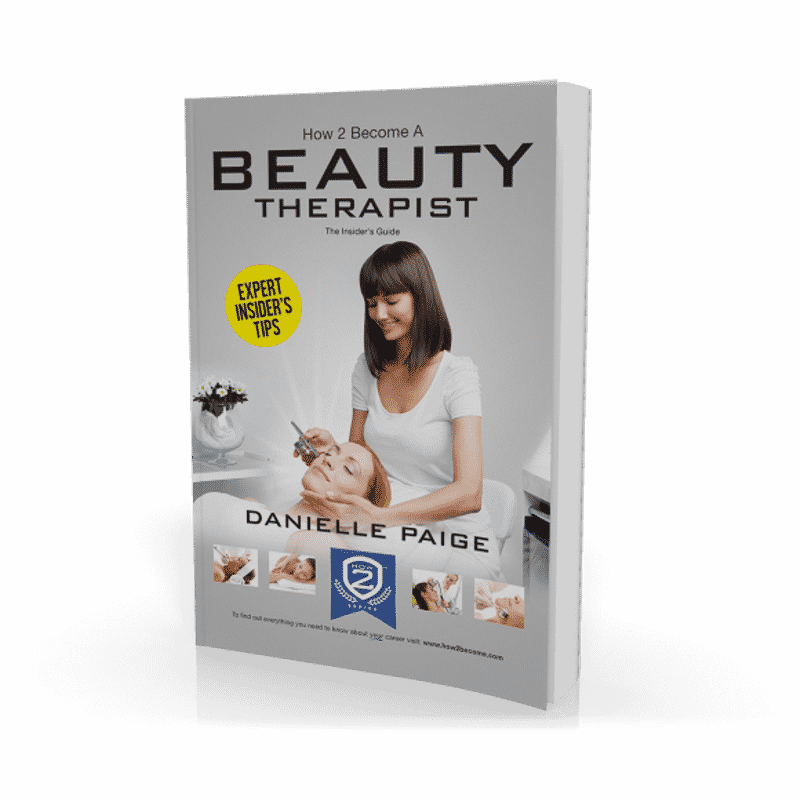REFLEXOLOGY AND REFLEXOLOGISTS
Reflexology, is a form of complementary therapy that helps a body heal from within, it seeks to achieve this by applying pressure to specific points, also known as reflexes, on the hands and feet. The therapy is founded on the theory that the reflex points on one’s feet are connected to specific organs and certain systems throughout the body.
A reflexologist is a health practitioner who tries to improve a patient’s health through massaging certain corresponding spots on the person’s body. These corresponding spots might be on the patient’s ears, feet or hands so as to improve the flow of chi into a specified organ of the patient’s body (Kunz, 2007).
For one to be a reflexologist, they must be well trained in reflexology, a field of study that teaches that any illness is caused by the blockage of chi. In the field of reflexology, every organ of the body has a corresponding pressure point on the foot or hand. A reflexologist, either pushes, massages or rubs the corresponding pressure points of a body organ so as to ease the blockage, thereby aiding the flow of chi in the organ.
This art, is based on a 5000 year old Chinese principle of the theory of the existence of an essential life energy (chi) that flows along invincible channels or energy pathways whose main purpose is to nourish both a person’s body and his spirit. The art’s main aim is to unblock these energy pathways, or stimulate them or even calm them depending on the patients’ symptoms (Voner, 2008).
ROLE OF A REFLEXOLOGIST
A reflexologist has a very interesting job. For the practitioner, it is an amazing job in that it is sometimes quite surprising how just working on one part of the body can make the whole body relax. However to the patient, a reflexology session is a way to be pampered, at a reflexology session, there is no need to not only undress, but also you will certainly leave the session not only relaxed but also stress free.
The roles of the practitioner therefore include:
- Meeting with clients and conducting an initial assessment
- Explaining to the clients the principles and methods of reflexology
- Keeping detailed patients’ notes
- Setting out a plan of future treatment
- Applying hands on massage to patients’ feet and, in addition, their hands and ears or applying pressure with the thumb and fingers to the client’s feet and hand.
- Explaining the treatment to the client
As a reflexologist, one is expected to help treat sleep and stress disorders, chronic back pains as well as sports injuries. The main advantage of reflexology is that one can use it together with other conventional medicines or drugs as well as alongside other contemporary therapies.
STEPS AND TRAINING NEEDED TO BECOME A REFLEXOLOGIST
For one to start practicing as a reflexologist, they need to first be a part or member of a professional body and an insurance. To be a member of the professional body there are certain minimum requirements that the person must meet; these requirements or pre-requisites include:
- Postgraduate qualifications
- Foundation degrees and a degree in holistic or complementary medicine
- A level 3 diploma in reflexology or complementary therapies.
To be able to get the level 3-diploma one is advised to sit for a GCSE and score between an 9 and a 4 in biology, in addition, any previous experience in massage, beauty therapy, healthcare and counselling would be an added advantage.
In addition, being a member of the professional body would not only improve your chances of getting a job but it will also increase your prospective client numbers. In addition, these professional groups or bodies, will help keep your skills up to date as well as extend your contacts reach.
Carter, M., & Weber, T. (2000). Hand reflexology: Key to perfect health. Paramus, NJ: Prentice Hall.
Voner, V. (2008). The Everything Reflexology Books: Manipulate Zones in the Hands and Feet to Relieve Stress, Improve Circulation, and Promote Good Health. Avon: Adams Media.
Kunz, K., & Kunz, B. (2007). Complete reflexology for life. London: Dorling Kindersley.
Kunz, B., & Kunz, K. (2003). Reflexology: Health at your fingertips. New York, N.Y: DK Pub.
Pitman, V., & MacKenzie, K. (2002). Reflexology: A practical approach. Cheltenham: Nelson Thornes.

